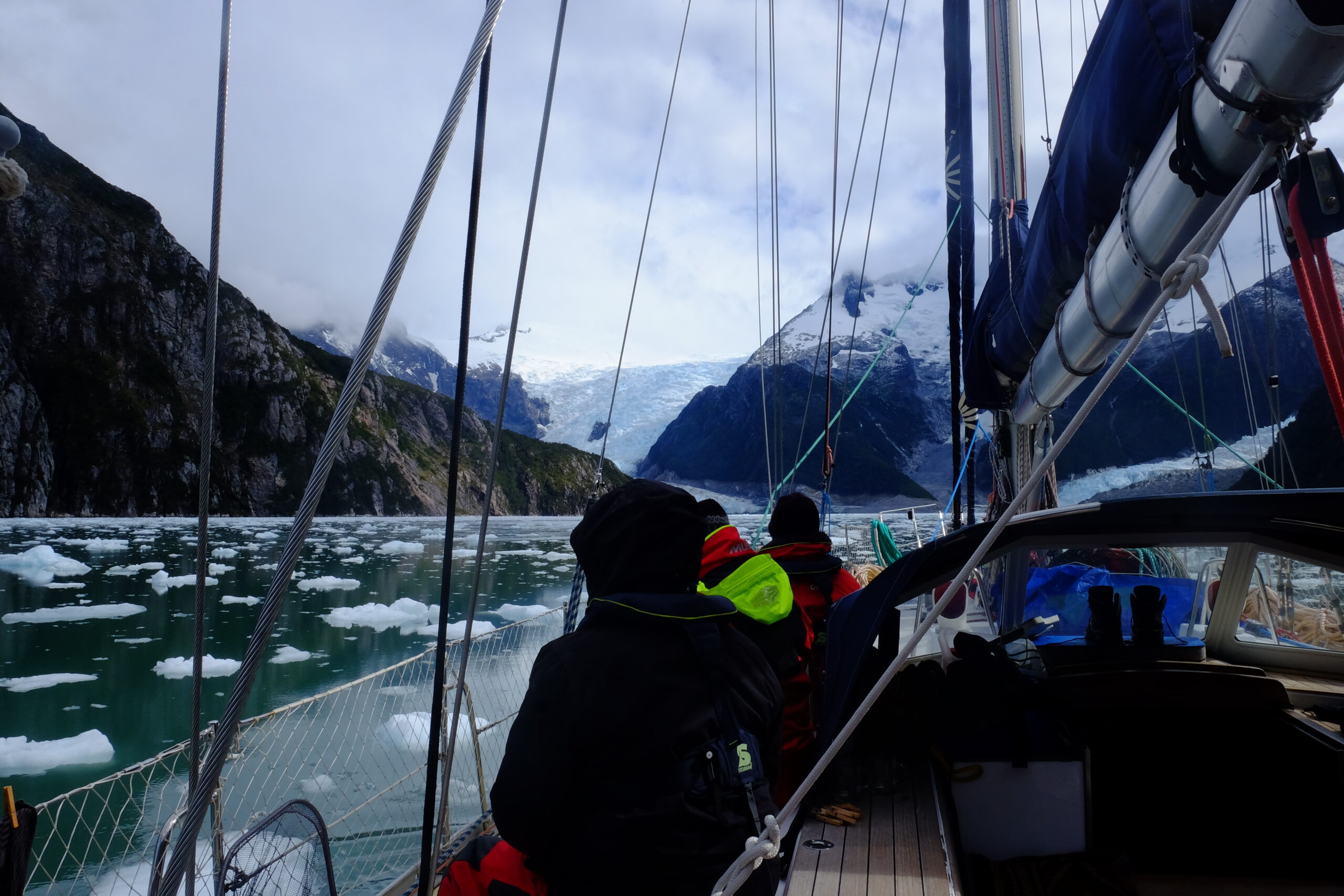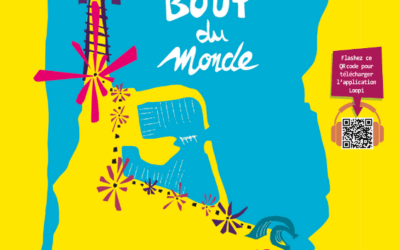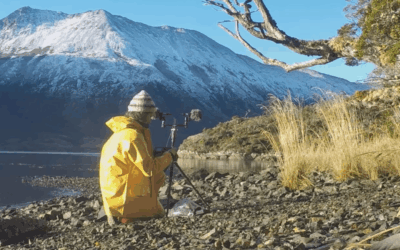[#6 – Ireland – Scotland 2024] Stopover at Loch Melfort
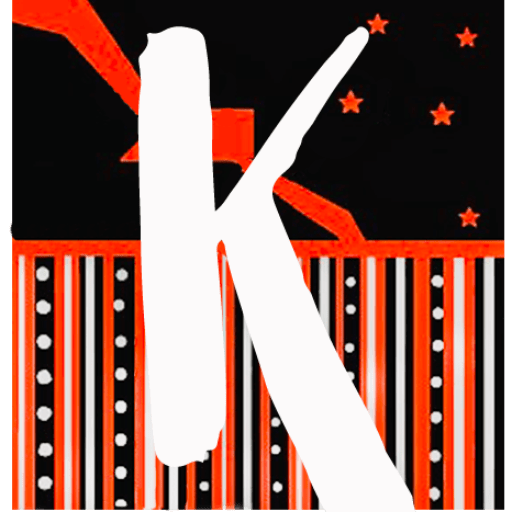
Association Karukinka
Loi 1901 - d'intérêt général
Derniers articles
Suivez nous
It was at the end of the day that we arrived quietly under sail at the eastern end of Loch Melfort, dropping anchor in a very sticky muddy bottom (for the chain and the bridge too, by the way…). As soon as we arrive, Damien receives a call from one of his friends and former student, Christian, on his way from Leeds to join us on board for the evening! Passionate about Scotland, he is an inexhaustible source of ideas for places to visit, each more remote, interesting and wild than the last. The paper maps and those on the tablet were gradually found to be filled with small additional points and annotations. Added to this is a small list of books to consult… Enough to satisfy our desire to explore and learn for weeks or even months…!
![[#6 - Cap au nord 2024] Escale à Loch Melfort 1 Le volet iodé de l'association Loch Melfort Karukinka 052024 4](https://karukinka-exploration.com/wp-content/uploads/2024/05/Loch-Melfort_Karukinka_052024-4-768x1024.jpg)
The next morning, upon arrival at the small pontoon of the Kilmelfort hotel before heading with Christian towards Oban for a supply of fresh produce, a second nice surprise awaits us: the meeting with Vicky and Margaret, both busy on their magnificent little sailboat. We were thinking of taking the bus back from Oban, but in the end it was Vicky who would pick us up directly from the supermarket! During this winding journey between lochs and hills, we invite him and Margaret to come and visit our “huge sailboat”, which belongs to the Karukinka association. Questions follow about the why and how of the association, the ship, Lauriane’s research and our coming to Scotland… and she tells us that she is a researcher in medieval history at the University of Glasgow.
It was after lunch the next day that she came to give us a magnificent gift: several hours of medieval Scottish history lessons in the Milagro square! Supporting map, historical references, information on the hidden history of places and settlement dynamics,… we don’t miss a thing. “History here was made by navigators, under sail”. This remark, full of common sense given the morphology of the places, reminds us that indeed, the exchanges of ideas, cultural influences, battles, invasions from all sides, colonization processes, waves of religious reforms, technological developments,… existed thanks to sailing (and rowing…).
Our route (North Cape to Cape Horn), from Brittany to Norway via Ireland and Scotland, is none other than that of a major axis of exchange for thousands of years. Celtic then Roman presence, first Christian missions (6th century), tribal wars between the Picts and other groups, Viking invasions, clan functioning very anchored in Scottish culture… Each island, from the Hebrides to the Shetlands, carries with it loaded histories of wind and spray that erosion gradually erases from our sight but that archives carefully kept over the centuries save from oblivion. It’s a real painstaking effort that Vicky Gunn and many researchers in Scottish history are carrying out to understand the territory at different times. They give meaning to what surrounds us, from megaliths to castle ruins, inviting us to research more and more.
Milagro’s library has once again been expanded with a few additional works, not to mention those that Vicky plans to recommend that we have on board, and it is shortly that a Gaelic-English dictionary will be on board to help us to understand what the names of the places we navigate mean. An appointment is made: on our next visit to Loch Melfort, we will definitely go to visit Vicky and Margaret!
![[#6 – Ireland - Scotland 2024] Stopover at Loch Melfort 1 Séjour voilier écosse, Séjour voilier Norvège, Croisière voilier Ecosse, Croisière voilier Norvège, Cap Nord à la voile, Sailing Norway, Sailing Scotland, Blue Water sailing, Stage voile hauturier, stage de voile côtier, sailing hébrides, voilier hébrides, navegar escocia, navegar noruega, navegar por los fiordos, velero escocia, velero noruega, navegar en finnmark, navegar en escocia, navegar en las hebridas, navegar costa oeste escocia, velero islas escocia, navegar islas escocia, sailing scottish islands, naviguer iles écossaises, Loch Melfort Karukinka 052024 5](https://karukinka-exploration.com/wp-content/uploads/2024/05/Loch-Melfort_Karukinka_052024-5-768x1024.jpg)
![[#6 – Ireland - Scotland 2024] Stopover at Loch Melfort 2 Séjour voilier écosse, Séjour voilier Norvège, Croisière voilier Ecosse, Croisière voilier Norvège, Cap Nord à la voile, Sailing Norway, Sailing Scotland, Blue Water sailing, Stage voile hauturier, stage de voile côtier, sailing hébrides, voilier hébrides, navegar escocia, navegar noruega, navegar por los fiordos, velero escocia, velero noruega, navegar en finnmark, navegar en escocia, navegar en las hebridas, navegar costa oeste escocia, velero islas escocia, navegar islas escocia, sailing scottish islands, naviguer iles écossaises, Loch Melfort Karukinka 052024 6](https://karukinka-exploration.com/wp-content/uploads/2024/05/Loch-Melfort_Karukinka_052024-6-768x1024.jpg)
Before resuming our journey north, last weekend, it was time for a reunion for Damien: the return to Kames Fish Farm. He came anxiously to introduce himself at the farm reception: after 20 years without news, would the managers of this family business still be there? Could the farm have been bought by Norwegian companies, like many Scottish fish farms? Damien introduces himself and that’s when a man in his thirties shakes his hand: Andrew, the one with whom Damien had taken care of the rabbits, played video games with his brother Charles and him,… when he was very little! Andrew immediately calls his father, Stuart, the entrepreneur behind this farm and with whom Damien worked. A few minutes later, he arrives and shows us around the hatchery, the office for remote control of the security of the cages scattered throughout the islands, the distribution of food by clicking behind a screen, the selection of specimens most suited to adapt to climate change… Always in search of improvement, he also tells us that he had to face a health disaster that struck his farm several years ago (foot-and-mouth disease from Norway), the forcing us to slaughter all of our salmon rather than falling into the widely documented excesses of farm abuses. Kames therefore no longer raises salmon as it did 20 years ago, but trout, and in dizzying numbers: when Damien worked there, the farm sold between 200 and 300 tonnes of salmon per year, and today it More than 3000 tonnes of trout are exported to the USA.
![[#6 – Ireland - Scotland 2024] Stopover at Loch Melfort 3 Séjour voilier écosse, Séjour voilier Norvège, Croisière voilier Ecosse, Croisière voilier Norvège, Cap Nord à la voile, Sailing Norway, Sailing Scotland, Blue Water sailing, Stage voile hauturier, stage de voile côtier, sailing hébrides, voilier hébrides, navegar escocia, navegar noruega, navegar por los fiordos, velero escocia, velero noruega, navegar en finnmark, navegar en escocia, navegar en las hebridas, navegar costa oeste escocia, velero islas escocia, navegar islas escocia, sailing scottish islands, naviguer iles écossaises, Loch Melfort Karukinka 052024 7](https://karukinka-exploration.com/wp-content/uploads/2024/05/Loch-Melfort_Karukinka_052024-7-1024x768.jpg)
![[#6 – Ireland - Scotland 2024] Stopover at Loch Melfort 4 Séjour voilier écosse, Séjour voilier Norvège, Croisière voilier Ecosse, Croisière voilier Norvège, Cap Nord à la voile, Sailing Norway, Sailing Scotland, Blue Water sailing, Stage voile hauturier, stage de voile côtier, sailing hébrides, voilier hébrides, navegar escocia, navegar noruega, navegar por los fiordos, velero escocia, velero noruega, navegar en finnmark, navegar en escocia, navegar en las hebridas, navegar costa oeste escocia, velero islas escocia, navegar islas escocia, sailing scottish islands, naviguer iles écossaises, Loch Melfort Karukinka 052024 2](https://karukinka-exploration.com/wp-content/uploads/2024/05/Loch-Melfort_Karukinka_052024-2-1024x683.jpg)
We leave Loch Melfort in our wake, with a new chapter opening in the bow of Milagro: heading for Mull!
—
PS: We like Scotland so much that we have chosen to review our program to stay there longer and simplify the arrival of those who want to join us, without struggling with logistics. You will therefore see (here) that we are offering 5 simplified one-week stays from next Saturday: departure and arrival Oban! From Glasgow (direct flights from Paris, Nantes, Bordeaux, Lyon, etc.) it takes 3 hours by direct train or bus in the Highlands (a journey within a journey!) to reach us at the port of Oban. For those who would like to avoid flying, this destination is also accessible by train from France (allow 12 hours from Paris).
In short, if you need help to organize yourself, we are not a travel agency but we are here to help you and will be delighted to welcome you to share these places where, as shown in our last little video at the Treshnish Isles : there are no crowds!
Views: 3

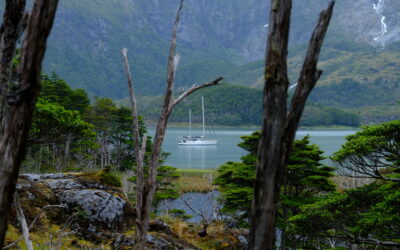
![[Heading South #13] From Buenos Aires (Argentina) to Puerto Williams (Chile) – Final Part](https://karukinka-exploration.com/wp-content/uploads/2025/07/IMG-20250124-WA0017-1-400x250.jpg)
![[#8 – Ireland–Scotland 2024] from Loch Buie to the sacred Isle of Iona](https://karukinka-exploration.com/wp-content/uploads/2024/07/Iona_LL-400x250.jpg)
